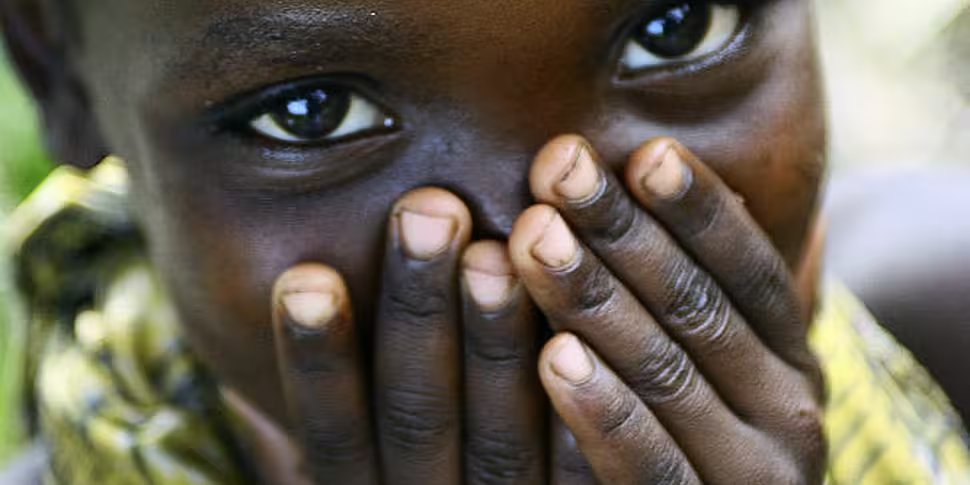Newstalk Magazine is available now for free from the Apple app store.
As the 20th anniversary of the Rwandan genocide approaches, the devastation of this most heinous act of aggression continues in nearby DRC. Today, almost 20 years later, the Congolese government is struggling to contain a number of militia; of the most threatening in Eastern DRC are the remnants of Rwanda’s deadly genocide groups.
Following the Rwandan genocide in 1994, Hutu militia groups including the notorious Interahamwe paramilitary organisation that was hugely responsible for the genocide, flooded into East Congo.
What followed were two decades of violence where such deadly militiamen aligned themselves with the then Congolese dictator Joseph Mobutu. In the aftermath of Congo’s infamous war of independence in 1965, Mobutu seized control of the DRC after the country was released from Belgian colonists.
Warring Hutus allied themselves with Mobutu’s regime, facilitating and engaging in the pillaging of Congo’s enormous wealth; diamonds, gold, zinc and coltan (a vital element in the production of mobile phones). It’s estimated that 60 per cent of the world’s mobile phones are made from coltan produced in DRC.
Unfortunately, Congolese civilians have never been the beneficiaries of the region’s rich reserves. Instead, rapacious warlords, militia groups, and paramilitary organisations have staked claim to and stolen vast amounts of Congolese mineral reserves.
The devastating effects of Congo’s wars are not just economical; a far graver epidemic of sexual violence continues to grip the communities in East DRC.
Congolese women. Photo: Shona Murray

Congo has earned the unenviable title of being the ‘rape capital of the world’, where thousands of women are violated daily, perpetrated by groups such as the FDLR (Democratic Forces for the Liberation of Rwanda), as well as rogue members of the FARDC (the Military of the Democratic Republic of Congo). And others, including Tutsi dominated M23 rebels and Congo’s own bush militia the Mai Mai.
Civilians, particularly women, live in constant threat of attack and 2 million people have been displaced so far in East Congo in the last 20 years. Forced displacement of whole communities happens every few months as warring militia groups continue to spar with each other. In the last six months, 6,000 people were displaced in Mwenga territory in North Kivu alone.
Congolese woman. Photo: Shona Murray

International NGOs, as well as Congolese women’s organisations, estimate that 70 per cent of displaced women are affected by sexual assault and rape. Yet despite the prevalence of sexual violence, rape is a serious taboo in the DRC, where victims are often ostracised by the community and accused of bringing about their own fate through promiscuous behaviour.
Of course, nothing could be further from the truth. Yet as a result of a cultural-based ignorance, even more misery is heaped upon victims of rape. They often suffer from starvation, sickness and isolation following their elimination from the community.
In response, local NGOs focus on extinguishing such negative impressions of rape victims, working on the ground with communities as well as husbands and partners of the victims. Organisations train them in dealing with women as well as eradicating dangerous mistruths about those affected by grave sexual violence.
One such organisation in both South Kivu and North Kivu is SARCAF, or Accompaniment and Capacity Building Self-Promotion of Women in Congo. SARCAF’s exceptional work is funded partly by resources from Christian Aid as well as Irish Aid. Last month, I accompanied some of SACARF’s trauma and psychosocial counsellors to the Bush town of Nyamibungu, Kitutu—part of a wider community of 6,000 Internally Displaced Persons (IDPs). 200 women had come forward since June to August 2013 alone to say that they had been raped.
This is Betandwa, aged 33, from Bukavu city—raped in July by a Rwandan militant. As with many cases, it appears that her husband has abandoned her because she was raped:
A Congolese woman, Betandwa, speaks to Shona about her ordeal
Mother of four, Chance Munganga, aged 28, also spoke about her experience at the hands of militiamen. Just two days before I met her, she saw her rapist:
Mother of four, Chance Munganga
Fortunately, Chance’s husband was persuaded to stay with her by doctors. This is her husband, Shamamba Moses Munganga, aged 30:
The husband of Chance, Shamamba Moses Munganga
Dr. Denis Mukwege in his office in the Panzi Hospital. Photo: Wikimedia Commons

Dr. Denis Mukwege—the hero of Congo’s rape victims
Denis Mukwege is the founder, director and gynaecology surgeon at the Panzi Hospital in the city of Bukavu, in South Kivu in Eastern Democratic Republic of Congo.
The hospital has become known worldwide for the treatment of survivors of sexual violence and women with severe gynaecological problems mainly caused from extreme rape cases. Dr.Mukwege’s hospital has treated tens of thousands of women for rape and rape-related injuries and diseases such as fistula and HIV since 1999.
In recent years, the hospital is recording a sharp increase in the severity of violence perpetrated by DRC’s several militia groups, including the Rwandan FDLR army, the Mai Mai militia, M23 rebels as well as sexual gender based violence initiated by Congolese army the FARDC.
I caught up with him and I started by asking him about the cases he treats at his hospital:
(Warning: the following report contains elements that some listeners may find disturbing)
Dr. Denis Mukwege speaks to Shona Murray about his work with survivors of rape
Dr. Denis Mukwege was nominated for the Nobel Peace Prize in 2009. In 2008 he won the UN Human Rights Prize and in 2011 was awarded the Clinton Global Citizen Award.
This article originally appeared in Newstalk Magazine for iPad in September, for more details go here.









